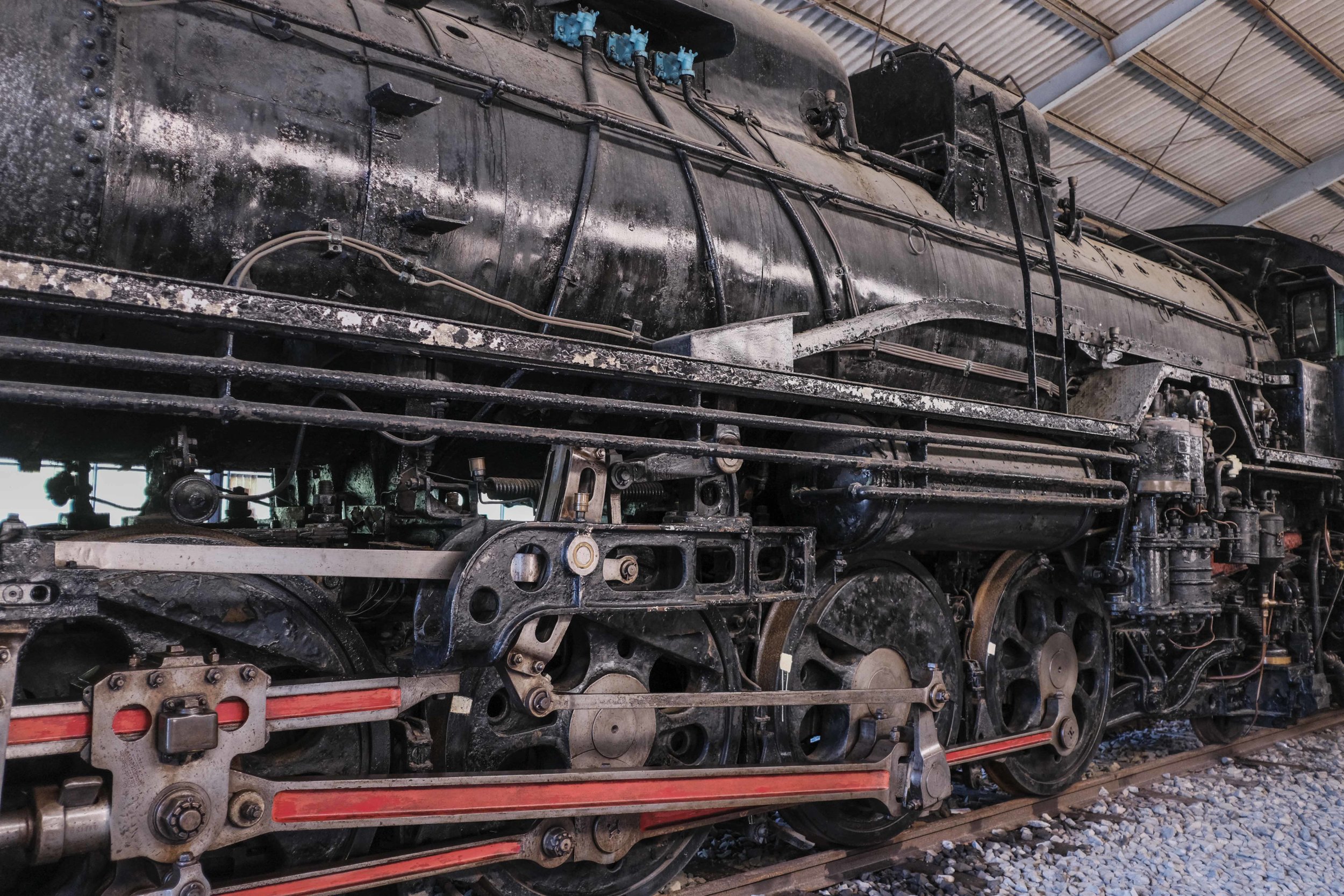Kyushu Day Trips (Part 1)
by Marc Nair
29 July 2018
Kyushu isn’t the largest of Japan’s islands, but it isn’t something you can conquer in a day or two either. The beauty of Japan lies both in the small, but noticeable differences between each town or city, as well as the diverse natural landscapes that you find at winding side roads off sedate highways, or by hopping onto a ferry for a couple of hours. Both the journey and the destination are always rewarding. And besides, it’s not like you’re going into no-man’s land. We boldly go where vending machines have gone before. Armed with an array of canned coffee and Lawson snacks, we set out on a series of day trips.
1) Sakurajima
Located only 4km from Kagoshima, South Kyushu’s hub city, Sakurajima is the closest active volcano to a major city, prompting comparisons to Mt Vesuvius and Pompeii.
Bags of volcanic ash can be found everywhere in Kagoshima!
Unfortunately, because it is an active volcano, it is impossible to approach within two kilometers of the crater, so visitors have to settle for considering the volcano from observation points, the best of which is probably the Yunohira Observation point.
The island is accessed by ferry from the mainland. A one-way ride takes 15 minute and costs 160 yen. The ferry terminal is a ten-minute walk from JR Kagoshima Station. In summer, the air is dry, airless and exceedingly humid, probably because of the cloud of barely visible volcanic ash that hangs over it. Flying a drone by the bay, one can see how tricky it would be to drone closer to the volcano itself, because the ash would obscure visibility and likely clog up the motor.
And if you’re thinking about taking a trek up to the observation point, please note that you’ll be doing so along hot, dusty roads, and not through jungle. In other words, drive a rental car over from the mainland, or hop onto the Sakurajima Island View Bus that operates hourly from the ferry terminal to the Yunohira observation point and back. The fare is 500 Yen for a 1-day pass.
Top Left: At the Sakurajima ferry port. Top Right: The queue for the Island View Bus! (Pro-tip: get the first bus at 9am, there's barely a queue). Bottom Left: A view of the bay from one of the stops along the way. Bottom Right: The Island Bus posing beneath the volcano at the Yunohira Observation Point.
Sakurajima is often seen as a must-see destination for visitors to Kagoshima, and is worth at most a half-day trip, but because of its active nature, maybe settling for it rising up in the background of your photos isn’t such a bad thing either.
2) The Ebino Plateau
While Kyushu is well serviced by trains, there are some places best accessed by car. One such area is the Ebino Plateau, Ebino Plateau is a basin surrounded by Kirishima Mountains, a mountain range extending in the southern part of Kyushu. It is one of the most restless, with 15 active cones (Takachihonomine, Nakadake, Ohatayama, Karakunidake, Tairoike, Ohachi, and Shinmoedake are the most notable) and 10 crater lakes. The highest peak is Mt. Karakuni and Onami Lake is the highest crater lake in Japan,
This is a highly volcanic area, and so there’s a chance that walking trails will be closed off. The map below is a general layout of the area, but it is subject to change so do check online before going.
What the Ebino Plateau looks like.
Photo credit: Japan Guide. (https://www.japan-guide.com/e/e4627.html)







































